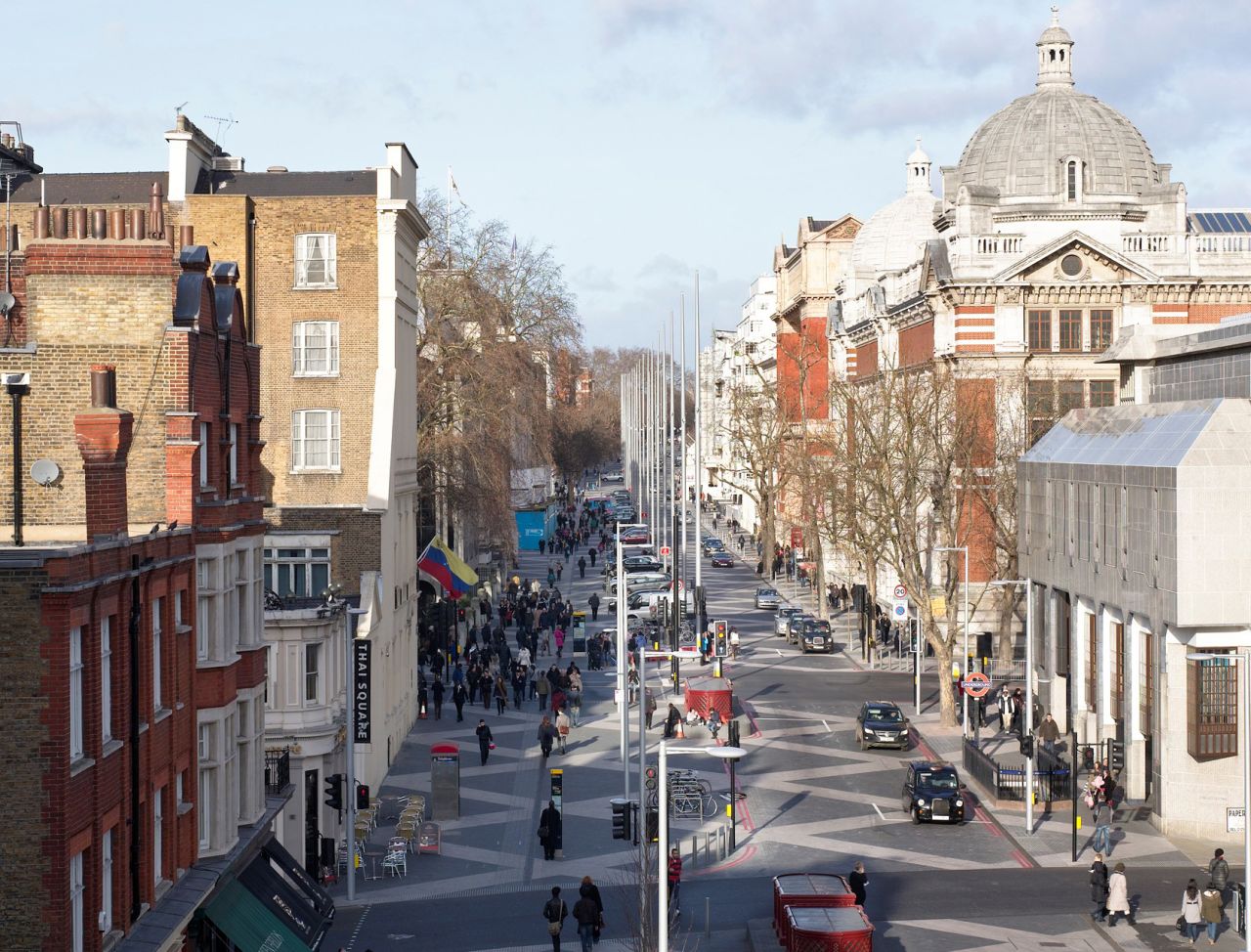Wherever needed, physical connectedness in cities can be guaranteed with an excellent infrastructure for walking, biking, private and public transportation networks. With the new advancements and evolution of mobility technologies will come new ways of commuting, such as electric and self-driving cars, aerial rideshare, etc. A lot of resources are going into developing electrical and hydrogen cars that do not depend on oil, which is a scarce and polluting fuel. While we will definitely have a widespread increase in the use of electric cars in the near future, no one can accurately predict what the subsequent future modes of transport will be in the long run as well as how fast and when they will become mainstream.
We currently rely too much on cars to move in cities, and in some cities, it is the case because of the lack of a reliable public transportation system. Cars, however, take up too much space and pollute the environment. Even electric cars pollute during their manufacturing process and in the production of electricity. In big cities, it is becoming harder to own your own car as you have to look for parking and pay high fees. Autonomous shared vehicles will probably become more common. This will reduce the number of cars on the streets and eliminate the need for parking as many of them will be constantly used. Soon we’ll start seeing flying cars and drones hovering above cities. Aerial ridesharewill be usedfor deliveries and emergencies which would also remove some of the traffic from the streets.
Mobility should be designed and built as an integrated system of different modes of transport that seamlessly link together and connect different areas, creating a smooth ride for the city dweller. Integrated public transportation is a good solution for places that are further away. The technologies of smart cities allow for such networks to be accessible, coordinated, efficient and sustainable. All means for transportation can be synchronized: bikes, scooters, cars, buses, trams, and trains. This way, the streets will have less cars and traffic congestion. When cities are well planned and built, cars become just an option but not a necessity.
If possible,walking and biking should be the preferred way of moving in cities, as they improve health and don’t damage the environment. Ideally, people can work near their homes, so they don’t need to use transportation, as mentioned in the 15-minute city concept discussed earlier. Biking could be a good option for mid-distance destinations.
Fast trains make it easier to live in smaller cities and travel to the big cities. Some people will choose to live far away from the big metropolis to enjoy the safety and quality of life of towns and cleaner environment, but they would still need to come to the center and opt for trains to do so.
This being said, it is important for cities to be flexible enough to adapt to them and incorporate different amenities based on such developments, for instance, increasing bike lanes, electric charging stations, and landing pads for flying cars whenever they become used in the future. However, the main focus of cities should be around making mobility more efficient, accessible, inclusive and attainable to all city dwellers.
